Unconscious Bias Icebreaker Activities
Each participant secretly writes five little-known facts or clues about themselves on a blank index card and signs their name at the bottom. Collect and shuffle all the cards, then challenge the room to identify the person on the card using as few clues as possible. Read one clue at a time, and award points to whoever guesses correctly. Continue until all cards have been identified. This activity helps uncover hidden assumptions and biases in a way that’s fun and interactive.
Each participant writes the name of a famous person or character on a sticky note and places it on another participant’s forehead. Everyone then asks yes or no questions to figure out their identity. This game highlights how quickly we can jump to conclusions based on limited information.
Unconscious Bias Group Activities
This short, no-prop activity very quickly illustrates the impact of assumptions on the relationships of those around us. The exercise invites three groups of people to interact and communicate in a particular manner with all others. Chaos ensues which provides a number of experiences to share, understand and reflect upon.
Once again, this team-based puzzle presents a series of facts that, for the most part, group members will overlay with a set of assumptions. Your group’s objective is to identify who robbed the bank, and of course, it’s not who your group expects it to be. Bias, once again, plays a big role in influencing the decision-making processes of the group.
Form groups consisting of a few people, or form pairs. Invite one person to say a sentence that starts with the word “IF…,” for example, “If you lost your car keys…” Instruct their partner to respond by saying “THEN…” and completing the sentence, like “…then I would have to walk to work.” Repeat this two or more times, and then swap roles. This activity underscores how our immediate responses can reveal underlying biases and assumptions.
Unconscious Bias Workplace Activities
A large number of these lateral thinking puzzles are ideally suited to highlighting the presence of biases. For example, consider this scenario: Romeo and Juliet are found dead lying on the floor in a pool of water. What happened? As with all Minute Mysteries, your group is then invited to ask a series of questions to solve the mystery of how Romeo and Juliet died. Spoiler Alert – I bet you immediately thought of the Shakespearean characters, right? Wrong. They are goldfish, and their tank broke causing them to fall to the floor and die. The key here (your job) is to transfer what your group learns from this (fictional) experience to the real world.
Distribute a sheet of paper and pen to each person in your group. Invite each person to focus on a particular experience that frustrates them, makes them angry, or causes them concern. Ask each person to write this experience on their paper in as few words as possible. When ready, ask everyone to crumple the sheet of paper into a ball.
Immediately, or at a later point, ask each person to open the crumpled paper and flatten it as much as possible. Using whatever pens, markers, and/or craft materials you have available, ask each person to transform their paper into something new, such as adding a doodle, colouring it in, or folding it into something. When ready, invite one or more members of your group to share what they created. This activity demonstrates how reframing our experiences can help personally reduce bias and foster a more positive outlook.
Schedule this exercise after a significant, possibly lengthy program experience. Distribute one Accepting Yourself worksheet to each person. Invite each person to complete the first section of the worksheet (allow 10 minutes). When ready, invite one person to start by sharing their thoughts on the first section. Next, invite the rest of your group to share any additional strengths they see in this person. Ask a volunteer to record these extra thoughts and affirmations on the individual’s worksheet so they may be present to the feedback from others. This process helps individuals see themselves through the eyes of others, reducing inner biases and building self-acceptance.


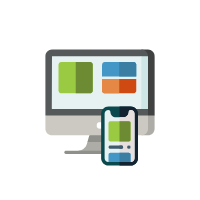


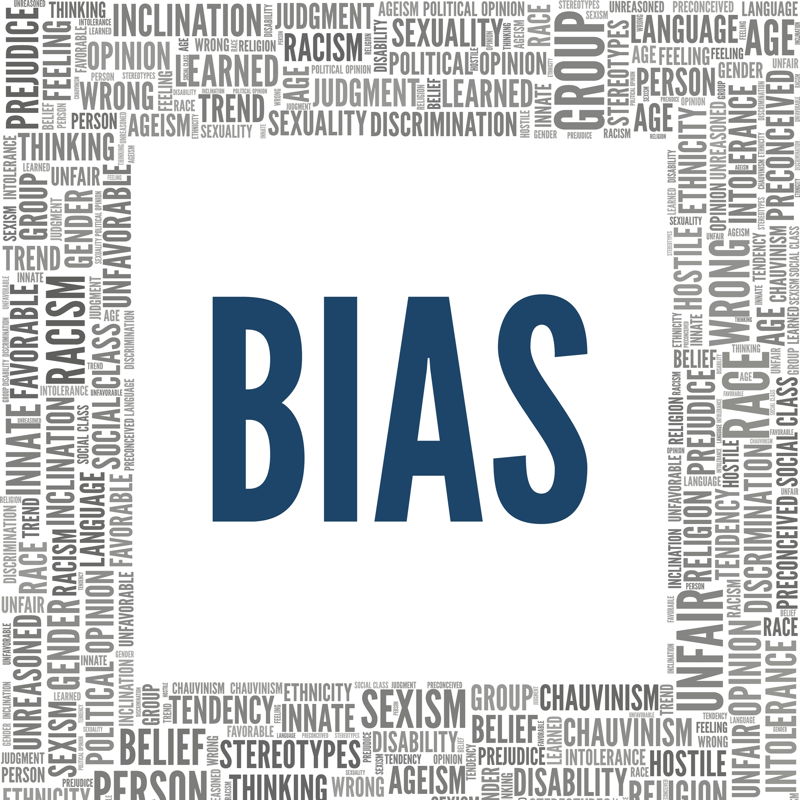

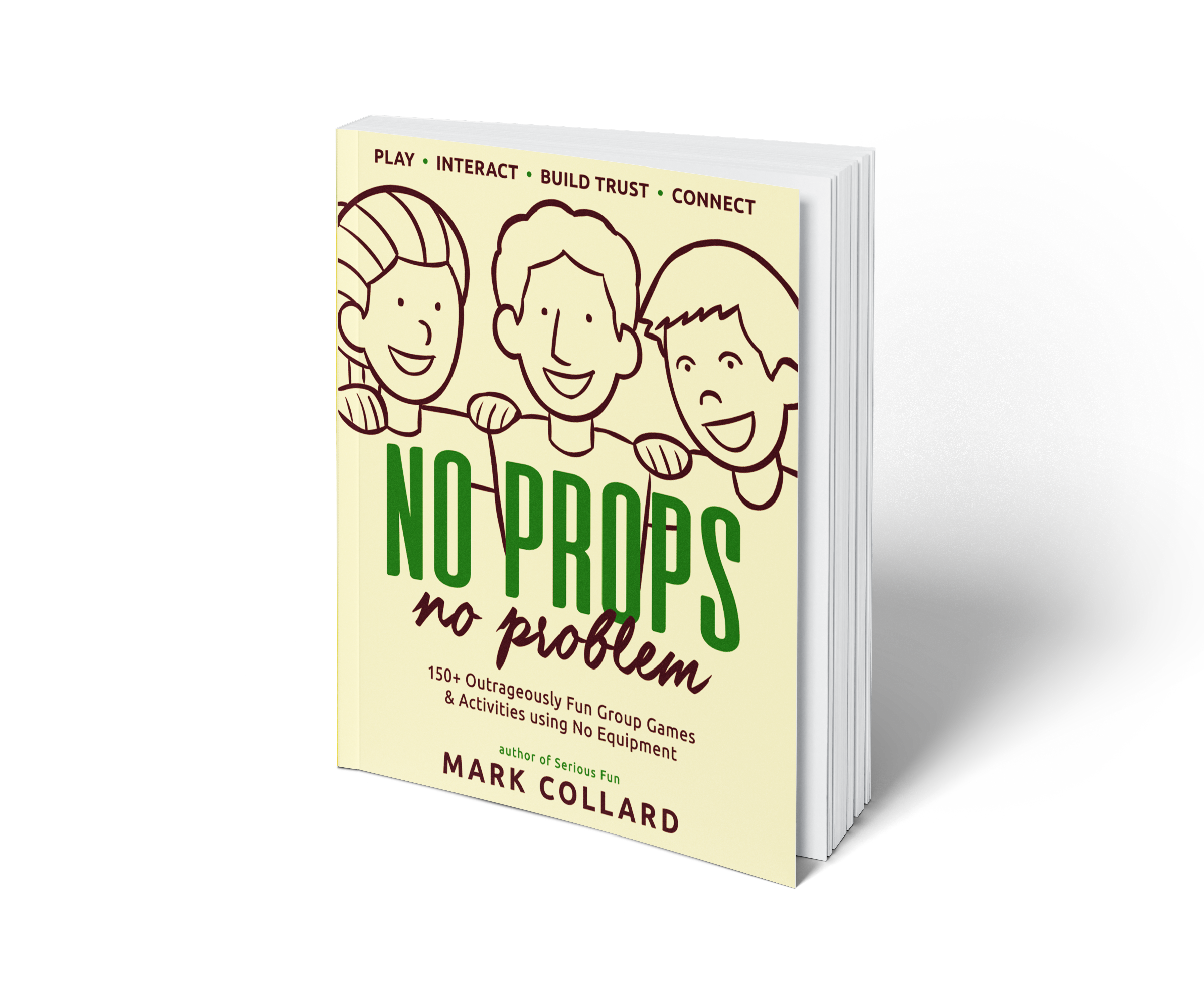
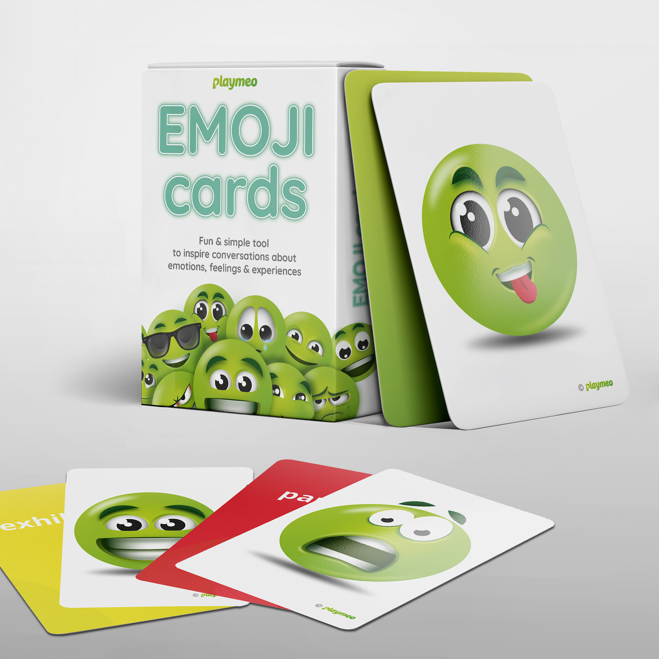


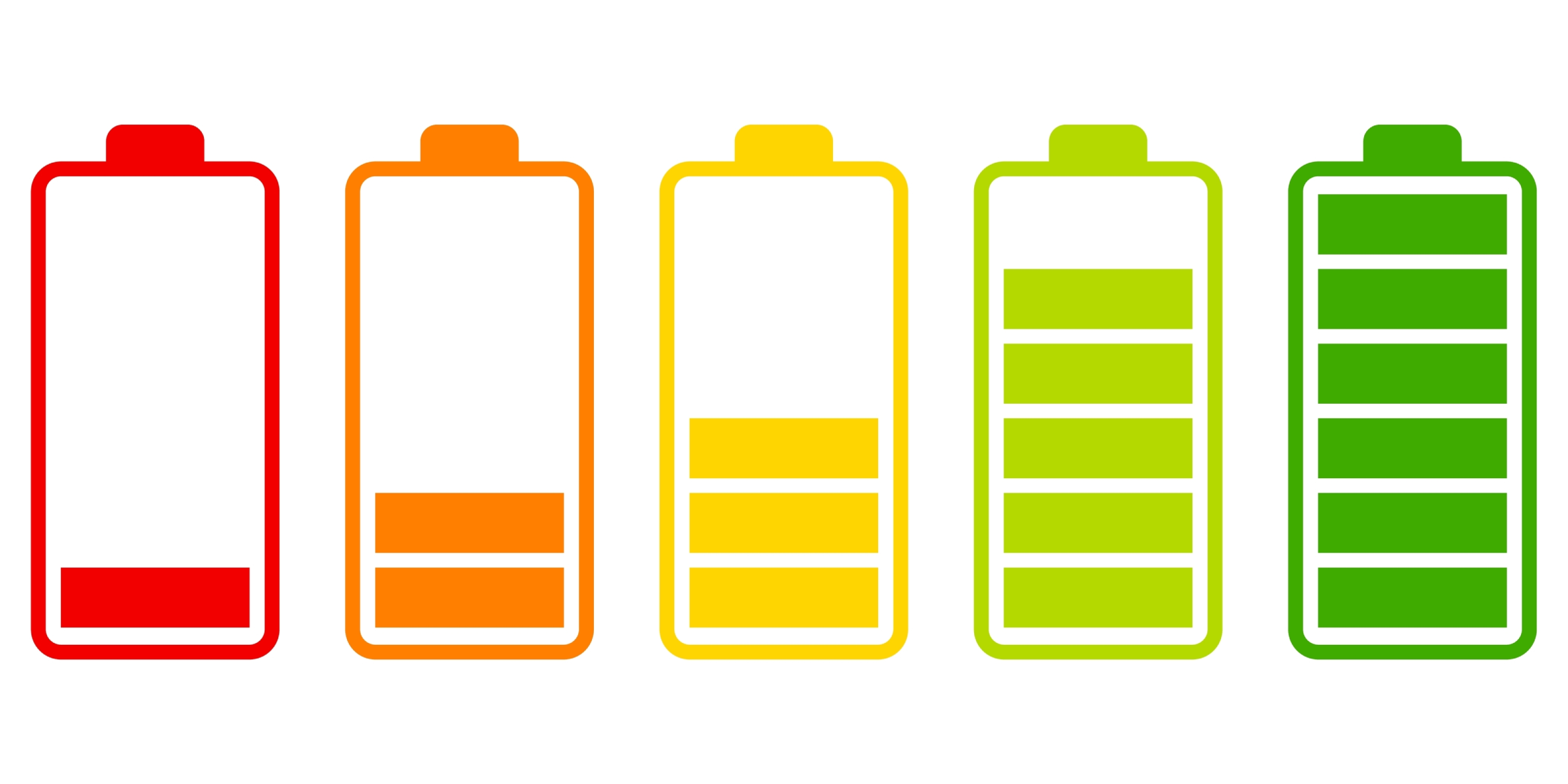


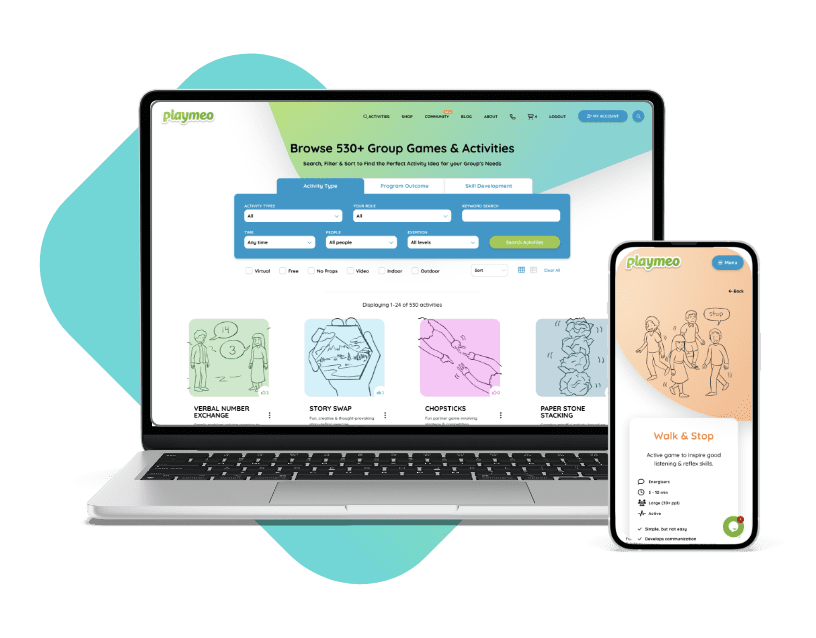
Original post June 2024, last updated September 2024.